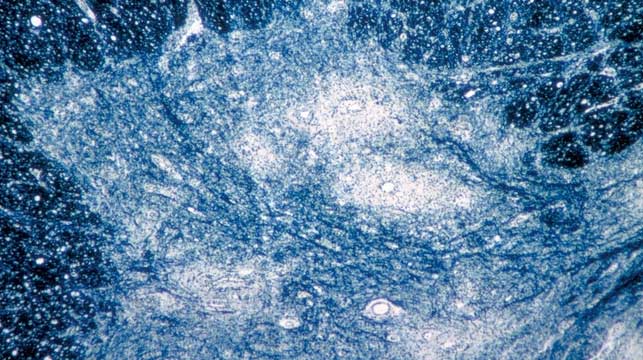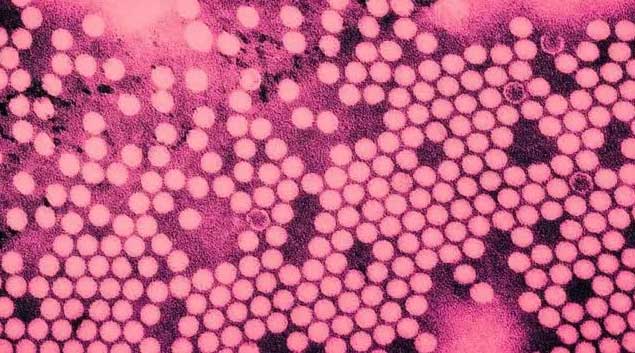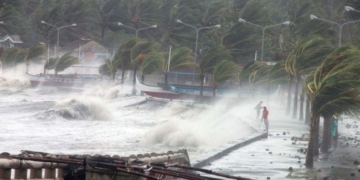On September 9, New York Governor Kathy Hochul declared a state of emergency due to polio in the state.
The emergency declaration regarding polio in New York was issued after state authorities detected the polio virus in wastewater from three counties in the suburbs of New York City.

Microscopic image provided by the CDC shows the polio virus attacking human spinal cord tissue. (Photo: AP)
The order was issued more than a month after an adult in Rockland County, north of New York City, was diagnosed with polio in July. This was the first confirmed case of polio in the United States in nearly a decade.
The declaration will expand the number of individuals authorized to manage polio vaccines and implement other measures to accelerate vaccination rates. The state of emergency will remain in effect until October 9.
Governor Hochul’s executive order stated that the polio virus had been found in wastewater samples collected in early April from Orange, Rockland, and Sullivan counties.

Color electron microscope image of the polio virus taken in 1975. (Photo: Centers for Disease Control and Prevention)
This indicates that the polio virus was present in some areas of New York State before the case in Rockland County was detected in July.
After the first reported case of polio, New York officials began urging those who were unvaccinated to get the polio vaccine. While individuals of all ages are at risk, the polio virus primarily affects children aged 3 and under.
Polio can cause irreversible paralysis in some cases, but the disease can be prevented with a vaccine that was first produced in 1955. There is currently no treatment for polio. It is known that three doses of the polio vaccine provide nearly 100% immunity against the disease.


















































